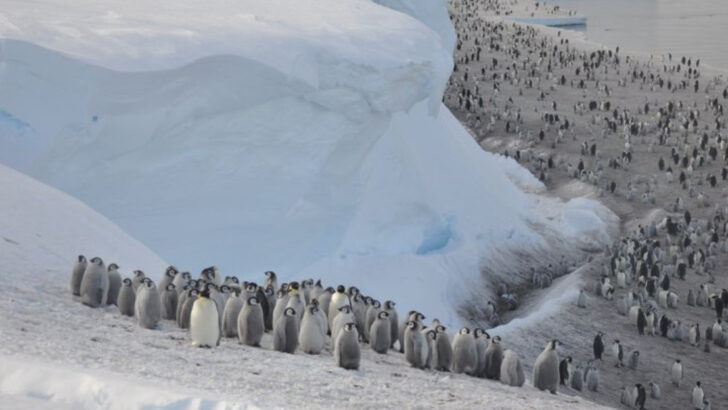Home is where you never stop walking.
Some animals don’t settle down. No dens. No nests. No cozy burrows or tree hollows to call their own. Just open skies, endless oceans, and the road—or river—forever ahead.
These creatures are wanderers by design.
They sleep on the move.
They eat while migrating.
They raise young in transit.
It’s not laziness. It’s not indecision. It’s survival.
From high-flying birds that cross continents without stopping, to sea creatures that drift with currents like ghosts—these animals are always in motion. No backyard. No territory to defend. Just movement, instinct, and the rhythm of the wild.
Let’s meet the nonstop travelers of the animal world—the ones who turned the entire planet into their living room.
Arctic Tern
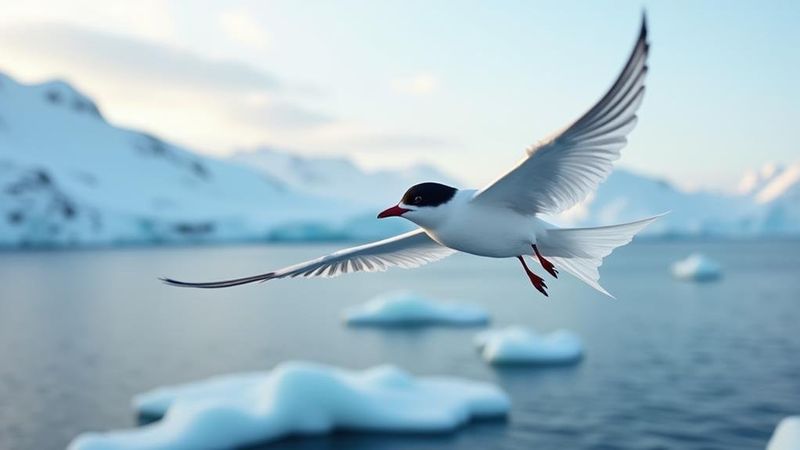
With annual migrations covering astonishing distances, the Arctic Tern is a true wanderer of the skies. This slim, elegant bird travels from its breeding grounds in the Arctic to the Antarctic and back each year. Its journey is the longest migration of any bird, spanning up to 44,000 miles.
Known for its striking white and grey plumage, the Arctic Tern is a master of the air, navigating vast oceans with ease. Its migratory path ensures it experiences two summers each year, a testament to its endless pursuit of warmth and sunlight.
Wildebeest
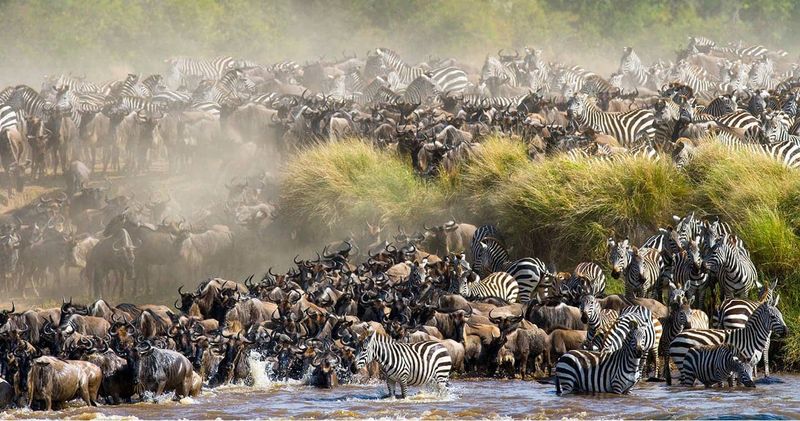
The wildebeest is synonymous with the Great Migration in Africa. Every year, these robust animals embark on a relentless journey across the Serengeti and Maasai Mara.
Driven by the search for fresh grazing lands, their migration is one of the most spectacular wildlife events on the planet. The thunderous sound of thousands of hooves pounding the earth is both awe-inspiring and humbling.
As they move, wildebeests face numerous challenges, including predators and river crossings, showcasing the raw and often harsh realities of nature.
Monarch Butterfly

The Monarch Butterfly’s migration is a breathtaking spectacle of resilience and beauty. Each year, these fragile creatures travel thousands of miles from North America to central Mexico.
Their journey is guided by an internal compass, as they navigate to specific overwintering sites. Despite their seemingly delicate nature, Monarchs display remarkable endurance and determination.
The sight of millions of vibrant orange and black butterflies clustering in the forests of Mexico is a testament to their incredible collective journey and enduring legacy.
Nomadic Elephant
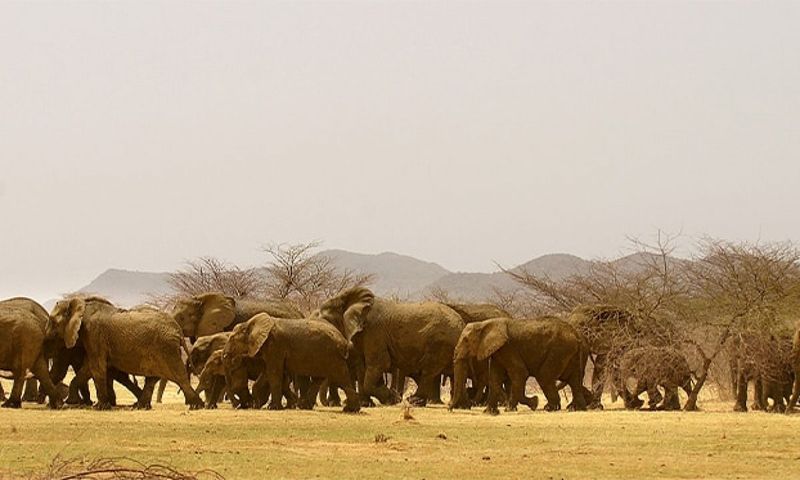
Elephants are known for their intelligence and complex social structures. In parts of Africa, they are also known for their nomadic lifestyles, roaming vast distances in search of food and water.
These gentle giants traverse different ecosystems, shaping the landscapes through which they travel. Their migratory patterns are influenced by seasonal changes and resource availability.
Despite their size, elephants move with grace and purpose, embodying the spirit of the traveler, ever seeking, ever adapting to the natural world around them.
Snowy Owl

Snowy Owls are nomads of the north, traveling vast expanses in pursuit of prey. Their movements are primarily determined by food availability, particularly lemmings.
These stunning birds, with their piercing yellow eyes and striking white plumage, are true arctic wanderers. In years when prey is scarce, Snowy Owls are known to travel thousands of miles, reaching as far south as the northern United States.
Their unpredictable movements make them a mysterious and captivating presence in the skies.
Sperm Whale

As one of the deep sea’s largest inhabitants, the Sperm Whale is a natural voyager. These giants of the ocean undertake extensive migrations across the world’s seas, diving to incredible depths in search of squid.
Their migratory paths are influenced by the availability of prey, as they navigate through the vast, open oceans. Sperm Whales communicate through complex vocalizations, maintaining connections across great distances.
These underwater wanderers are a testament to the mystery and majesty of ocean life, constantly exploring the depths of the sea.
Caribou
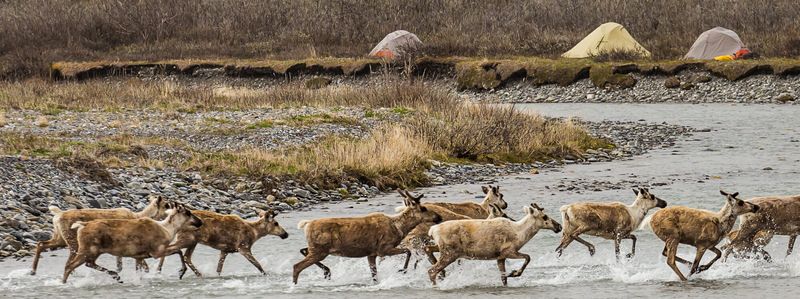
Caribou, also known as reindeer, are synonymous with the tundra’s vast, open spaces. They are constantly on the move, traversing hundreds of miles through rugged terrain in search of food.
Their migration is one of the longest among land mammals, alternating between summer calving grounds and winter grazing areas. Caribou migration is driven by a need for fresh vegetation and to evade predators.
Their ability to endure harsh conditions and navigate difficult landscapes is a remarkable testament to their adaptability and resilience.
Bar-Tailed Godwit

The Bar-Tailed Godwit holds the record for the longest non-stop flight of any bird. These remarkable aviators migrate from Alaska to New Zealand, covering over 7,000 miles without pausing.
Their journey is a true feat of endurance, showcasing their incredible navigation skills and stamina. With long, pointed beaks and streamlined bodies, they are built for such epic travels.
As they traverse the globe, Bar-Tailed Godwits remind us of the wonders of avian migration, demonstrating nature’s extraordinary capabilities.
Sea Turtle
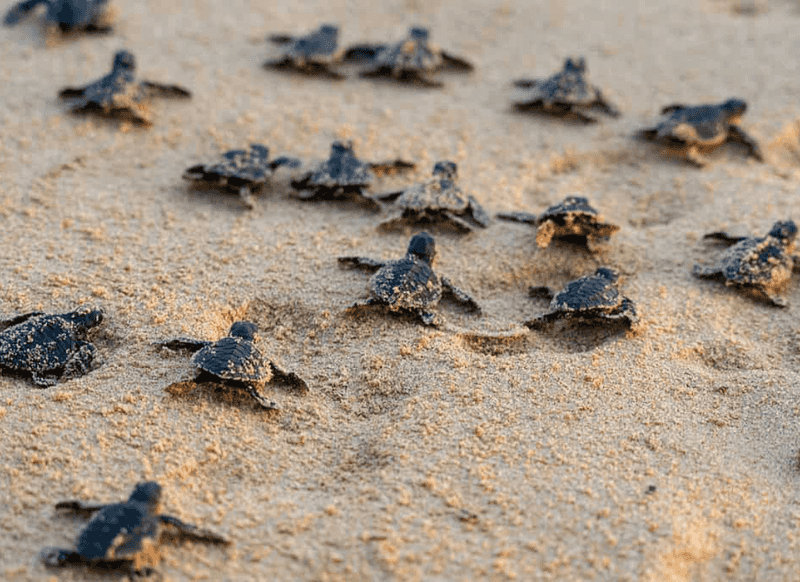
Sea turtles are ancient mariners, known for their long migrations across oceans. After hatching on tropical beaches, they embark on epic journeys, crossing thousands of miles to feeding grounds.
Their navigation abilities are still a mystery, as they find their way across vast, open seas. Sea turtles return to the very beaches where they were born to lay their eggs, completing a remarkable life cycle.
These gentle voyagers play a crucial role in marine ecosystems, embodying the timeless rhythm of the ocean.
Pronghorn
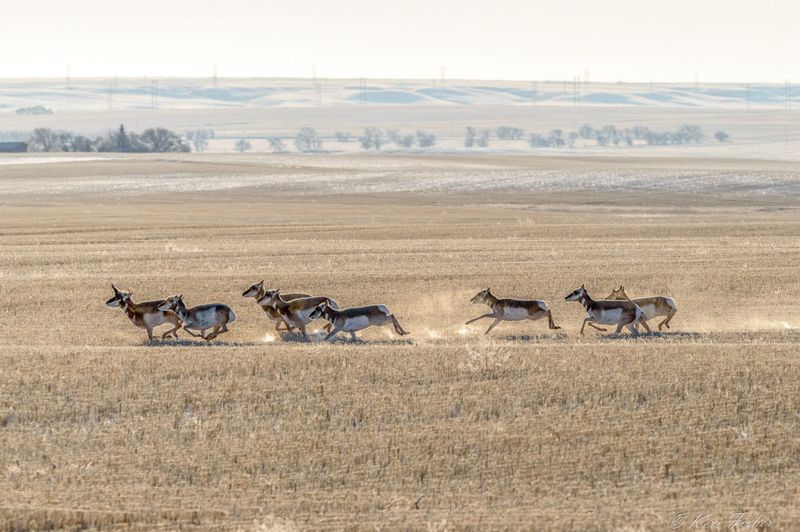
Pronghorns are North America’s fastest land animals, known for their incredible speed and stamina. They are also one of the continent’s great migrators, covering hundreds of miles each year.
Their migration routes stretch across vast, open plains, driven by the search for food and favorable weather. Pronghorns’ keen eyesight and agility help them navigate these expansive landscapes.
As they move, pronghorns demonstrate the persistence and adaptability needed to survive in diverse environments, embodying the essence of freedom and movement.
Nomadic Camel
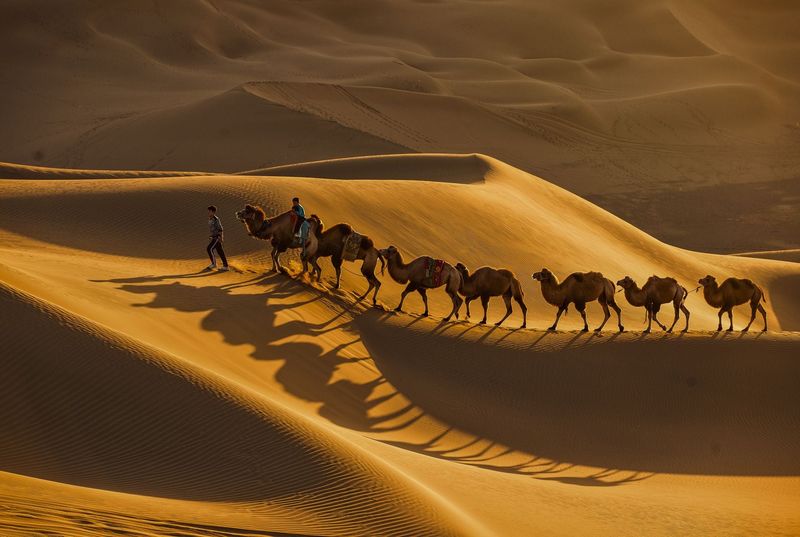
In the arid expanses of deserts, camels are the ultimate nomads. Known as the ships of the desert, they traverse vast sandy landscapes, surviving on minimal resources.
Camels are perfectly adapted to desert life, with their humps storing fat and their bodies withstanding intense heat. They follow ancient trade routes, connecting distant oases and settlements.
Their ability to endure harsh conditions and carry heavy loads makes them indispensable to desert cultures, symbolizing resilience and adaptability in one of Earth’s most challenging environments.
Swallow
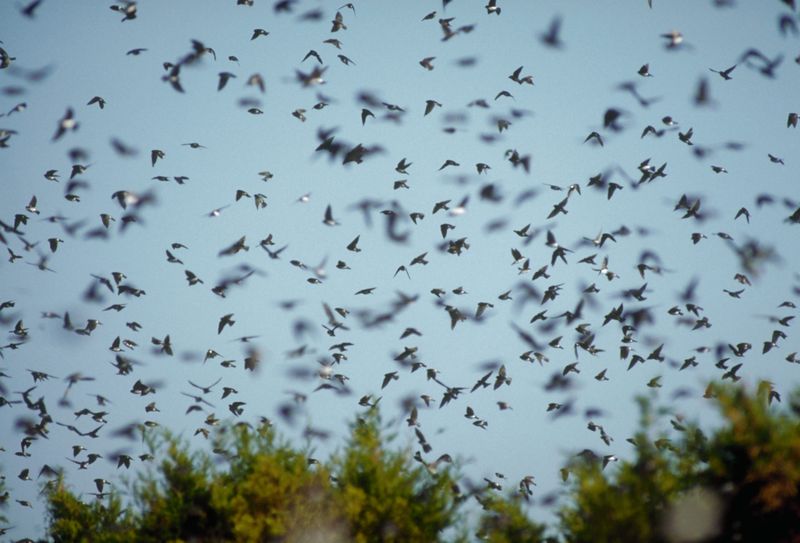
Swallows are small, agile birds with a big love for travel. They embark on long migrations each year, traveling from their breeding grounds in Europe and North America to wintering sites in Africa and South America.
These skilled flyers cover vast distances, often crossing entire continents. Their journeys are guided by instinct and the changing seasons, as they follow the sun.
Swallows’ aerial acrobatics and tireless travels make them a symbol of freedom and the boundless spirit of exploration.
Nomadic Bison
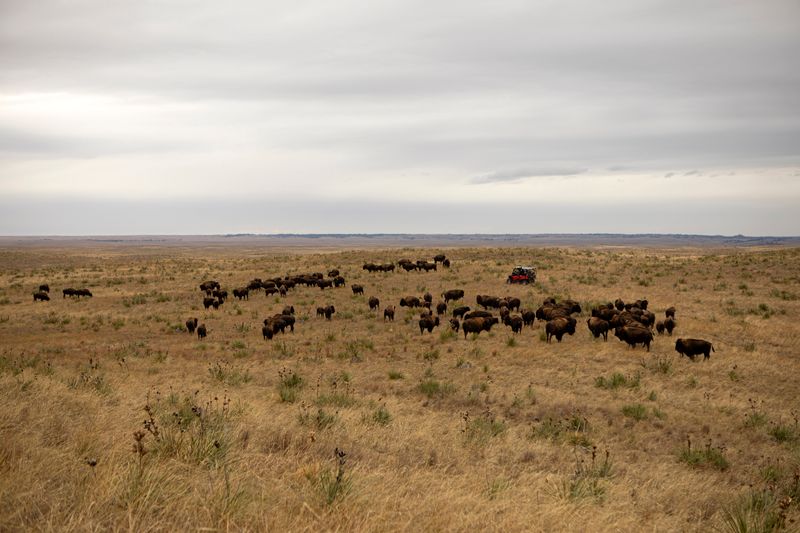
Bison are the nomads of the North American plains, known for their powerful build and migratory behavior. Historically, they roamed vast distances across the continent, following seasonal changes in vegetation.
Today, protected herds continue to migrate within reserves, maintaining their age-old traditions. Bison’s thick coats and formidable presence enable them to endure harsh weather as they traverse open landscapes.
Their journey is a living testament to the resilience of these iconic creatures and the enduring spirit of the wild plains.
Albatross
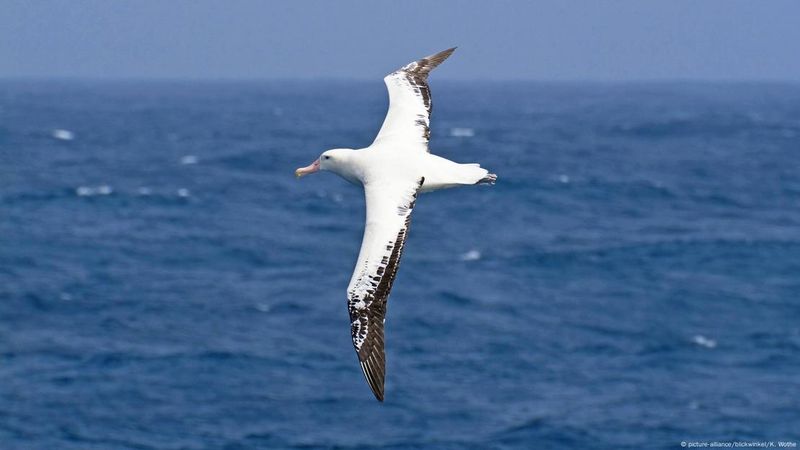
The albatross is a master of the skies, renowned for its long, unbroken flights over the world’s oceans. These magnificent birds can spend years at sea, gliding over the waves with seeming ease.
Their wingspans are among the largest of any bird, allowing them to harness wind currents for extended glides. Albatrosses travel vast distances, rarely touching land except to breed.
Their boundless journeys symbolize freedom and the eternal dance of wind and wave, captivating the imagination of sailors and birdwatchers alike.
Nomadic Reindeer
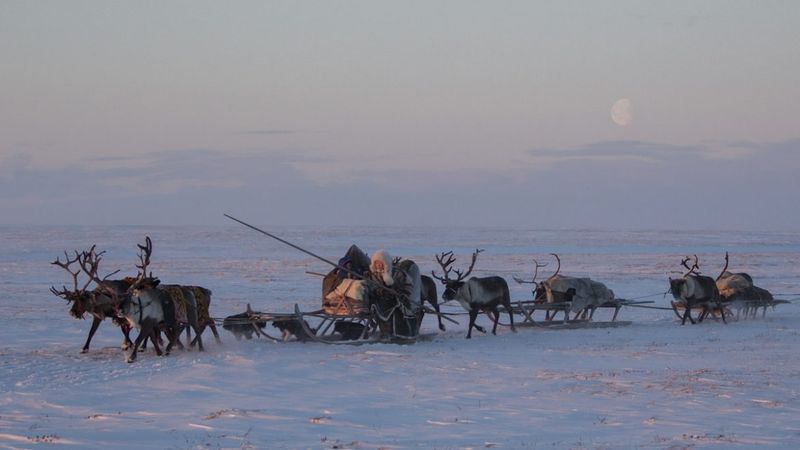
Reindeer, closely related to caribou, are iconic travelers of the northern tundra. Their migrations cover hundreds of miles, as they move between summer and winter habitats.
These herds navigate challenging landscapes, driven by the need for food and breeding grounds. Reindeer’s ability to thrive in extreme cold and navigate through snow is a marvel of adaptation.
Their migratory patterns are a vital part of the ecosystems they inhabit, illustrating the interconnectedness of life in the Arctic regions.
Nomadic Penguin
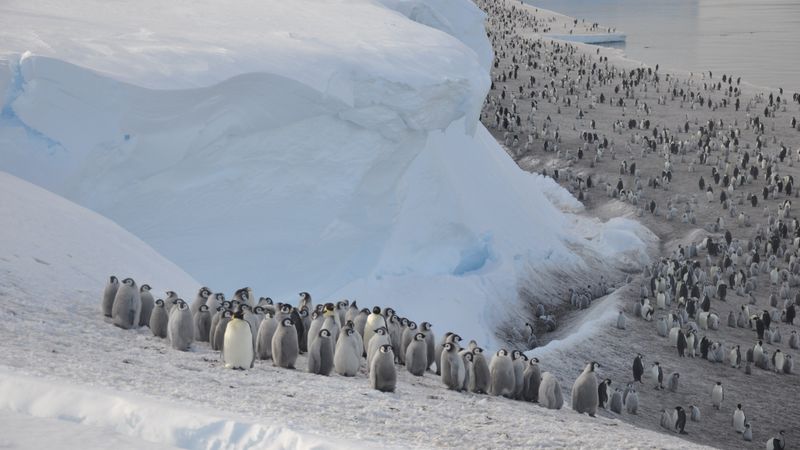
Penguins are enchanting marine birds known for their unique life on the move. While some species remain close to their colonies, others embark on incredible journeys across icy oceans.
The Emperor Penguin, in particular, undertakes a remarkable trek across the Antarctic ice to breeding grounds. Their nomadic movements are a dance of survival, as they adapt to one of Earth’s harshest climates.
Penguins’ unending quest for food and their enduring community spirit make them a symbol of perseverance and unity in the face of adversity.
Cosmic Jellyfish
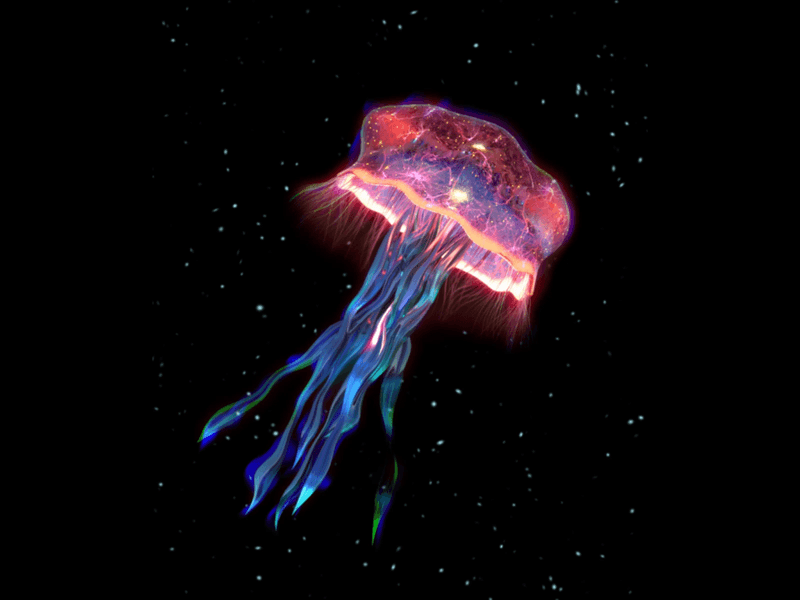
Floating through the vast abyss, the Cosmic Jellyfish seems like a creature of celestial origin. Its translucent body shimmers with tiny, glowing orbs, reminiscent of stars scattered across a night sky. But this isn’t just a visual spectacle; these jellyfish are perpetual travelers of the ocean, never anchoring themselves to a single spot.
With the pulse of a silent heartbeat, they navigate through the dark waters, propelled by ocean currents. Each movement is as graceful as a cosmic dance, mesmerizing those lucky enough to witness it.
Did you know? The Cosmic Jellyfish’s bioluminescence serves not only to captivate but also to startle potential predators, ensuring its continuous journey remains unhindered.

